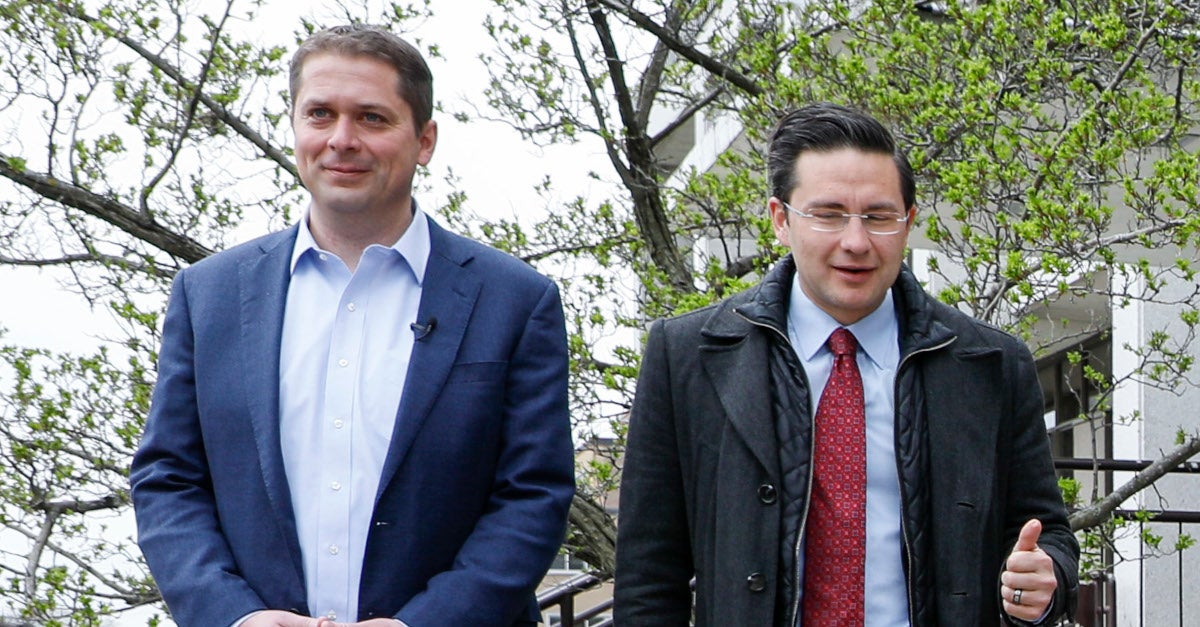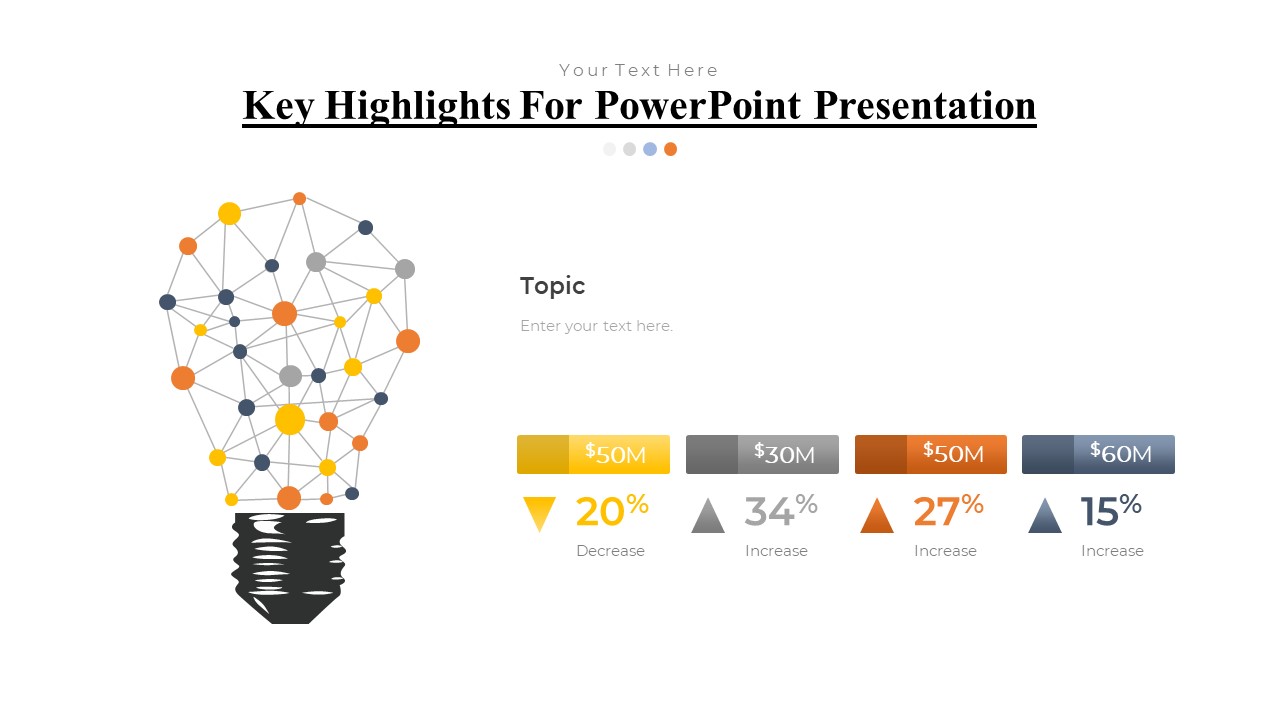President Trump's Speech To Congress: Key Takeaways And Analysis

Table of Contents
Economic Policies and Promises
President Trump's speeches to Congress frequently emphasized economic growth and job creation. His economic agenda, as presented in these addresses, often centered around several key pillars: significant tax cuts, increased infrastructure spending, and renegotiated trade deals.
-
Tax Cuts: The proposed tax cuts aimed to stimulate the economy by boosting disposable income for individuals and businesses. The feasibility of these cuts, however, was often debated, with concerns raised about their impact on the national debt. Economic data presented in support of the tax cuts frequently focused on projected GDP growth, though the accuracy of these projections was often contested by economists with opposing viewpoints.
-
Infrastructure Spending: Massive investment in infrastructure was another recurring theme, promising the creation of jobs and modernization of the nation's aging infrastructure. The scale of proposed spending and its potential impact on job creation and economic growth were key talking points. The specifics of how this spending would be funded – whether through increased taxes or government borrowing – were often debated extensively.
-
Trade Deals: Trump's speeches frequently highlighted the need for renegotiated trade deals, emphasizing the importance of protecting American jobs and industries. This often involved a critical assessment of existing trade agreements and a commitment to achieving more favorable terms for the United States. The potential consequences of these trade negotiations, including the possibility of trade wars, were subjects of considerable discussion and analysis.
The overall economic message conveyed in these speeches was one of optimism and a promise of prosperity through bold policy changes. However, the long-term effects and the actual economic impact of these policies remained subjects of ongoing debate and scrutiny.
Immigration and Border Security
Immigration and border security were consistently prominent themes in President Trump's speeches to Congress. His addresses often reiterated his commitment to building a wall on the US-Mexico border, a policy that sparked intense political debate.
-
Border Wall: The construction of the border wall was presented as a crucial step in enhancing national security and combating illegal immigration. The speech's rhetoric often framed the wall as a necessary measure to protect the country from crime and terrorism. The cost of the wall and its effectiveness as a deterrent were frequent points of contention.
-
DACA: The Deferred Action for Childhood Arrivals (DACA) program often featured prominently, with varying levels of support or opposition expressed in different speeches. The speeches explored the humanitarian aspects of the program and its impact on the lives of young undocumented immigrants.
-
Illegal Immigration: The speeches often presented a strong stance against illegal immigration, emphasizing the need for stricter enforcement and enhanced border security measures. The proposed solutions frequently focused on increased border patrol personnel, technology upgrades, and stricter penalties for employers who hired undocumented workers.
The impact of Trump's rhetoric on immigration and border security was profound, influencing public opinion and shaping political discourse. The long-term consequences of the policies proposed in his speeches remain an area of ongoing debate and analysis.
Foreign Policy and International Relations
President Trump's speeches to Congress also provided insights into his foreign policy approach and his views on international relations. These speeches offered a platform to articulate his administration's stance on key global issues and relationships.
-
Alliances and Trade Wars: Trump's speeches frequently discussed the importance of strong alliances, while also highlighting the need for fairer trade deals. This often involved renegotiating existing agreements or imposing tariffs on imports from specific countries, leading to discussions about the potential for trade wars.
-
Global Leadership: His speeches presented a vision of American global leadership that often differed from traditional approaches. This included a reassessment of international commitments and a focus on bilateral relations over multilateral agreements. The impact of this approach on global stability and international cooperation was subject to considerable debate.
-
Specific Relationships: Trump's addresses frequently touched upon specific relationships with key countries like China and Russia, often offering insights into his administration's strategic priorities and goals. His assessment of these relationships, including discussions of areas of cooperation and competition, were often points of intense political and media coverage.
Tone and Rhetorical Strategies
Analyzing the tone and rhetorical strategies employed in President Trump's speeches to Congress provides crucial insight into his communication style and its effectiveness.
-
Appeals to Emotion: Trump's speeches often utilized appeals to emotion, such as patriotism, fear, and anger, to connect with the audience and convey his message. The effectiveness of these appeals varied, prompting considerable discussion among communication scholars.
-
Repetition and Simple Language: Repetition of key phrases and the use of simple, direct language were common rhetorical devices. This approach aimed to make his message memorable and easily understandable, though it also occasionally drew criticism for being simplistic or lacking nuance.
-
Anecdotes and Personal Stories: Trump frequently used anecdotes and personal stories to illustrate his points and connect with the audience on a personal level. The authenticity and accuracy of these anecdotes were sometimes questioned, leading to controversies.
The overall tone of the speeches varied depending on the context and the issues addressed. They ranged from highly confrontational to more conciliatory, reflecting the complexities of his political strategy and the issues being discussed.
Conclusion
This analysis of President Trump's speeches to Congress has highlighted key themes, including economic policies, immigration, and foreign policy. The speeches' impact extended beyond the immediate political context, influencing public perception and shaping subsequent policy debates. Understanding the nuances of these addresses is crucial for comprehending the Trump presidency and its legacy, including the role of his rhetoric and communication strategies in shaping political discourse.
For a deeper dive into the impact of President Trump’s speeches on American politics, explore further resources and analyses on this significant aspect of his presidency. Continue your research and analysis of President Trump's speeches to Congress to gain a complete understanding of his political strategies and impact.

Featured Posts
-
 Pierre Poilievres Election Loss A Shock For Canadas Conservatives
Apr 30, 2025
Pierre Poilievres Election Loss A Shock For Canadas Conservatives
Apr 30, 2025 -
 Outdated Business Apps How They Obscure Your Ai Vision
Apr 30, 2025
Outdated Business Apps How They Obscure Your Ai Vision
Apr 30, 2025 -
 Qnb Corps Investor Presentation Key Highlights From The March 6th Virtual Conference
Apr 30, 2025
Qnb Corps Investor Presentation Key Highlights From The March 6th Virtual Conference
Apr 30, 2025 -
 France Fines Apple E162 Million For Privacy Violations
Apr 30, 2025
France Fines Apple E162 Million For Privacy Violations
Apr 30, 2025 -
 Ket Qua Chung Ket Giai Bong Da Thanh Nien Thanh Pho Hue Lan Thu Vii Doi Vo Dich La Ai
Apr 30, 2025
Ket Qua Chung Ket Giai Bong Da Thanh Nien Thanh Pho Hue Lan Thu Vii Doi Vo Dich La Ai
Apr 30, 2025
